What Is Digital Marketing?
Digital marketing reaches consumers via the internet, mobile devices, social media, and search engines. Compared to traditional marketing, digital marketing involves a fresh approach to customers and a new understanding of how they behave.
Any marketing that employs electronic devices to deliver and track promotional messages. On a computer, phone, tablet, or another device, digital marketing refers to marketing campaigns. It can be in the form of internet videos, commercials, or social media posts. The term “traditional marketing” refers to magazine ads, billboards and direct mail. Most people associate TV with traditional marketing.
What is e-marketing?
Digital marketing refers to marketing that takes place on digital platforms such as search engines, websites, social media, and mobile apps. To promote products, services, and brands, digital marketing makes use of internet media platforms. The majority of consumption research is done digitally. According to marketing insights from Think with Google, 48 percent of customers begin their searches on search engines, 33 percent on brand websites, and 26 percent on mobile applications. Online advertising is substantially more complicated than traditional digital marketing, which is a large web of channels to which marketers must subscribe. Marketers must delve into today’s complex cross-channel landscape to identify effective engagement marketing tactics in order to fully exploit the power of digital marketing.
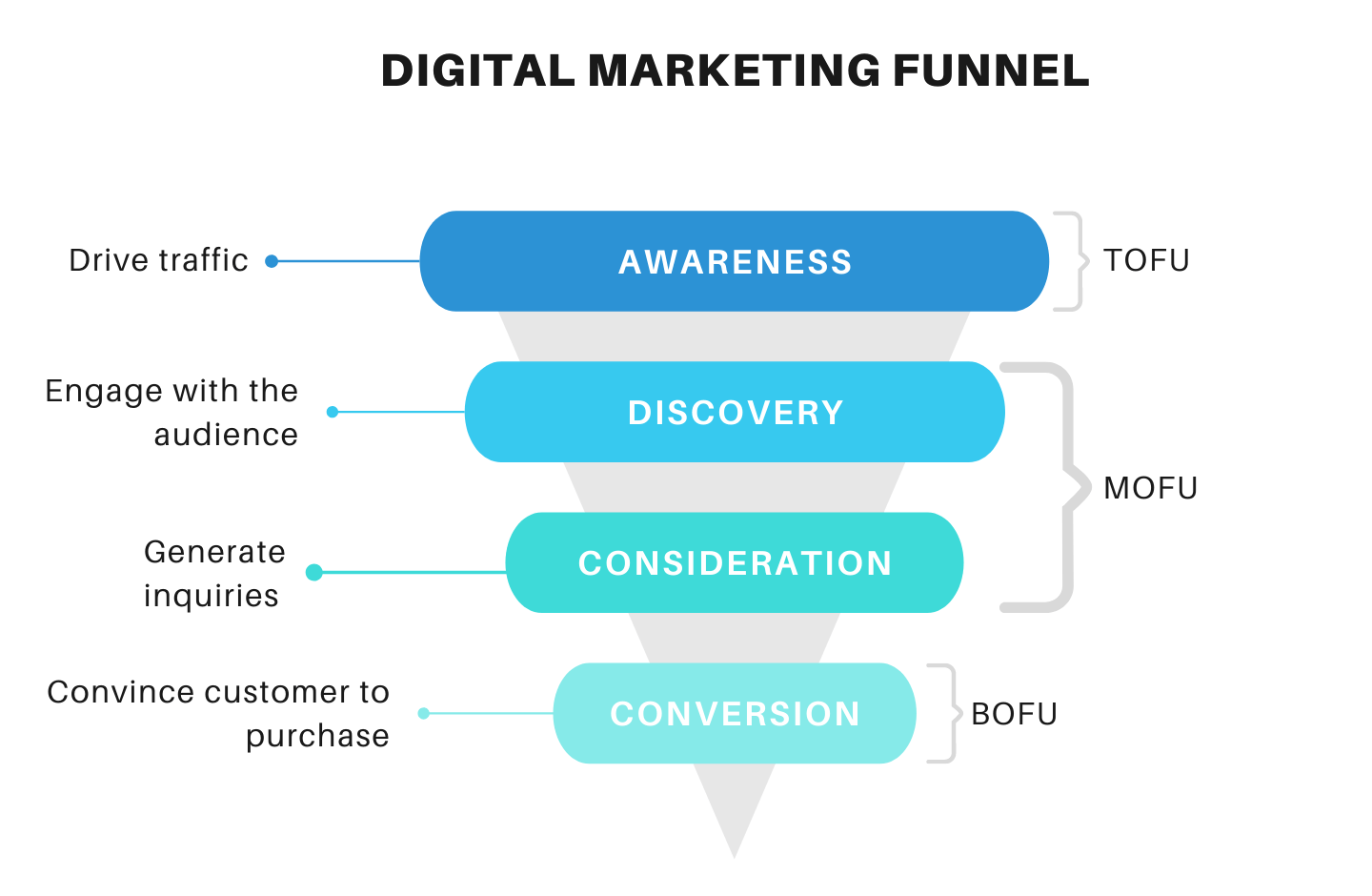
Engagement marketing allows you to have a meaningful conversation with a potential or returning customer. When customers are ready to buy, digital engagement increases brand recognition, promotes you as an industry thought leader, and puts your company in the spotlight. Marketers may learn a lot about their target audience’s behaviour while also introducing new ways to interact with them. Companies may also anticipate increased retention. According to Invesp, excellent omnichannel customer engagement strategies keep 89 percent of customers, whereas weak omnichannel programmes keep only 33%.
Companies and nonprofit groups also utilise SMS or text messaging to educate willing clients about new specials or donation possibilities. SMS messaging campaigns are also used by political candidates running for office to promote favourable information about their policies. With the advancement of technology, many text-to-give initiatives now allow customers to pay or donate directly by text message. With 91% of consumers interested in signing up for texts and open rates as high as 98%, you should take advantage of SMS marketing for your business. Moreover, 80.5% of consumers check their text notifications within five minutes of receiving a text, highlighting the importance and versatility of SMS messages
Understanding Digital Marketing
Digital marketing is interactive and targets a certain segment of the customer base. Digital marketing, which includes search result advertisements, email ads, and promoted tweets — anything that combines marketing with consumer feedback or a two-way connection between the company and the customer – is on the rise.
Digital marketing is not the same as internet marketing. Digital marketing can take place on mobile devices, on a subway platform, in a video game, or through a smartphone app, whereas Internet marketing occurs primarily on the Internet.
Advertisers are often referred to as sources in digital marketing, whereas members of the targeted ads are commonly referred to as receivers. Sources usually target receivers who are highly particular and well-defined. McDonald’s, for example, needed to spread the word after expanding the late-night hours of many of its outlets. It used digital ads to target shift workers and travellers, knowing that they made up a significant portion of their late-night sales. McDonald’s enticed people to download a new Restaurant Finder app by placing adverts in ATMs and petrol stations, as well as on websites it knew its consumers visited late at night.
How Do I Get Started?
The good news is that launching a digital marketing campaign is rather simple. The majority of internet ad networks make it simple to sign up and launch your first campaign (it is how they make money, after all). Here are some links to basic guides for a variety of digital marketing techniques:
- Paid search advertising
- Search engine optimization (SEO)
- Paid social media advertising
- Social media marketing
- Conversion rate optimization
- Content marketing
- Email marketing
A guide, on the other hand, isn’t at the heart of every successful digital marketing strategy. Regardless of which digital marketing tactics you utilise, there are four questions you must address before you begin:
1. How Much Do You Need to Make?
To figure out how much to spend on digital marketing, you must first define your objectives. The way you handle digital marketing depends on whether you want to drive clicks, conversions, or leads, sales, income, or a specified ROI (ROI). Ultimately, any marketing campaign should aim for a return on investment. After all, why market online if your digital marketing investment isn’t generating revenue? Clicks and conversions are nice, but your organisation doesn’t profit from them (in fact, you pay for them). It profits from sales. So, before deciding on your digital marketing budget, you must first establish how much money you intend to generate. Once you know that, you may calculate how much ad spend is required to meet your income objective.
2. Who Are You Marketing To?
Then you need to know who you are marketing to. Diverse buyer personas necessitate different marketing techniques. Also, distinct buyer personas represent different customer kinds. So, what? You can’t design a digital marketing strategy without knowing your buyer personas! Talking to sales might be one of the fastest methods to create a good buyer persona. After all, they’re the ones who interact with your clients.
However, talking to your sales team and performing some research isn’t enough to create a comprehensive digital marketing strategy. To accomplish so, you must call your actual customers. Ask how they found you, why they paid, and how they found you. This data can help you improve your advertising performance and choose your marketing budget.
3. What are Your Customers Worth?
Buyer personas are commonly used to create efficient marketing strategies. Buyer personas are wonderful for this, but they’re also vital for creating a solid digital marketing strategy. Assume you are advertising for SaaS-A-Frass, which has the following pricing structure:In this situation, you’re probably targeting 3 different buyer personas:
- Small business “Steve”
- Mid-market business “Mandy”
- Enterprise business “Edward”

4. How Much Do You Need to Spend to Reach Your Goals?
At this point, things are pretty simple. Just take your CAC, average purchase order value and average number of purchases (if you have a subscription model, you can just use the average lifespan of each buyer persona here) and plug them into this calculator! The default for this calculator shows the monthly budget and ROI for SaaS-A-Frass, assuming that SaaS-A-Frass wants to produce $2,425,500 in new revenue from digital marketing each month and they’ve determined that to do that, they need their marketing efforts to produce 100 sales a month (90 Steves, 9 Mandys and 1 Edward). Per our example, a new Steve pays $125/mo for an average of 14 months, a new Mandy pays $1,500/mo for an average of 48 months and a new Edward pays $15,000/mo for 108 months.
Plugging all of that into the calculator, SaaS-A-Frass will need to budget $348,300/mo to achieve their new lifetime revenue goals. See? I told you this part is easy! To make things even better, you can use this calculator to calculate your overall digital marketing budget or you can pick a specific strategy and use it to figure out whether or not a given strategy makes sense for your business. For example, if you need a CAC of $75, but your average cost-per-click on AdWords is $25, AdWords may not be the right digital marketing channel for you. Now, as you might imagine, this approach isn’t a perfect estimate of what it will take to hit your revenue goals. This calculator is only as accurate as the information you can give it. But, it’s a lot better than picking your monthly at random and hoping that digital marketing will produce the results you need.
Inbound marketing versus digital marketing
Inbound marketing and digital marketing are sometimes conflated. Email and web content are just two examples of digital marketing tactics. Both exist to attract prospects’ attention and convert them into customers. But the two approaches see the tool-goal relationship differently. Digital marketing evaluates each tool’s ability to convert. A brand’s digital marketing strategy can leverage numerous channels or just one.
Inbound marketing is a whole. Following that, it evaluates the available tools to identify which will best reach target clients, and at when the stage of the sales funnel this should occur. That as a marketer, you do not have to pick between digital and inbound marketing. Their synergy is unbeatable! Inbound marketing gives structure and purpose to digital marketing operations, ensuring that each digital marketing channel serves a purpose.
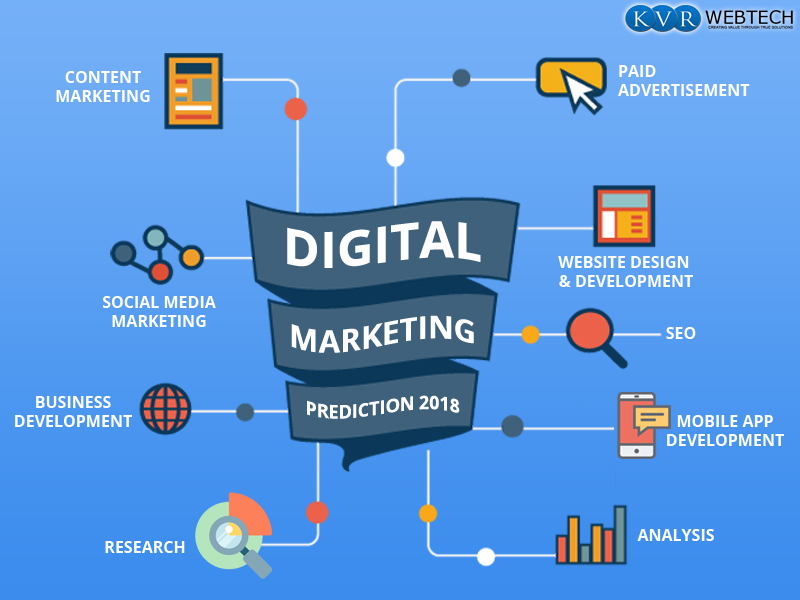
Types of digital marketing
There are as many specializations within digital marketing as there are ways of interacting using digital media. Here are a few key examples.
Search engine optimization
SEO, or search engine optimization, is a marketing tool rather than a type of marketing in and of itself. It’s “the art and science of making online pages appealing to search engines,” according to The Balance. What matters most in SEO is the “art and science” component. Because it demands you to investigate and balance several contributing criteria in order to get the highest potential position, SEO is a science. The following are the most significant factors to consider while optimising a web page today:
- Quality of content
- Level of user engagement
- Mobile-friendliness
- Number and quality of inbound links
SEO is a science because of the planned use of these parameters, but it is an art because of the unpredictability. There is no measurable yardstick or consistent rule for ranking highly in SEO. WebSpero Solutions is a top local SEO company based in India. We provide comprehensive local search engine optimization services to businesses worldwide. Because Google’s algorithm is almost always changing, making perfect forecasts is impossible, but we try to make it easier for our clients. Our experts constantly keep an eye on the performance of your page and make improvements as needed.
Content marketing
Material marketing, a strategy centred on the delivery of relevant and valuable content to a target audience, relies heavily on SEO. The purpose of content marketing, like any other marketing technique, is to generate leads who will eventually convert into customers. However, it works in a very different way than traditional advertising. Rather than luring prospects with the prospective value of a product or service, it provides value in the form of textual information for free. Content marketing is important, as evidenced by the following statistics:
- 84% of consumers expect companies to produce entertaining and helpful content experiences
- 62% of companies that have at least 5,000 employees produce content daily
- 92% of marketers believe that their company values content as an important asset
Content marketing, as successful as it is, may be difficult to master. Writers for content marketing must be able to rank well in search engine results while also engaging readers who will read, share, and interact with the business further. When content is relevant, it can form strong bonds with people all the way down the pipeline.
Social media marketing is a way to increase traffic and brand awareness online. With Facebook, Twitter, and Instagram as the most popular platforms, LinkedIn and YouTube are close behind. Because social media marketing involves audience participation, it has gained popularity. It’s the most popular content channel for B2C marketers (96%) and it’s gaining traction in B2B. The Content Marketing Institute reports that 61% of B2B content marketers used social media more this year. Social media marketing includes built-in engagement indicators that can help you gauge your audience’s response.
+You determine how many shares, comments, or total website clicks mean the most to you. Your social media marketing approach may not even include direct sales. Many firms utilise social media marketing to engage with audiences rather than immediately soliciting money. Affecting older audiences or offers products and services not suitable for impulse purchases. Whatever your company’s aims are. See how Mailchimp stacks up against other free social media management solutions.
Pay-per-click marketing
Pay-per-click (PPC) is when you place an ad on a platform and pay for each click. It’s a little more complicated than that. When a SERP slot becomes available, the engine fills it with an instant auction. An algorithm ranks each ad based on several parameters., including:
- Ad quality
- Keyword relevance
- Landing page quality
- Bid amount
Everyone knows that when you click on an ad, you’re supposed to do something. Conversions are activities that can be transactional or non-transactional. A conversion can be a purchase, a newsletter registration, or a phone call to your office. Your chosen platform will allow you to track your campaign’s conversions.
Affiliate marketing
Affiliate marketing pays people to promote other people’s businesses. The method is the same whether you are the promoter or the firm that works with the promoter. It works on a revenue share basis. Every time someone buys something you promoted, you get a commission. For every sale you make, you pay the affiliate. Some affiliate marketers review only one company’s items on a blog or other third-party site. Others work with many retailers.
The first step to becoming or finding an affiliate is to connect with the other party. You can use an affiliate platform or build or join a single-retailer scheme. For retailers who wish to engage directly with affiliates, there are several ways to attract potential promoters. You’ll need to equip those affiliates to succeed. Includes rewards for exceptional results, marketing help, and ready-made materials.
Native advertising
The guise of native advertising That way, it’s less evident as advertising. Native advertising arose in response to today’s customers’ apathy towards ads. Knowing that an ad’s author pays to air it, many consumers assume it’s prejudiced and avoid it. A native ad avoids this bias by first providing information or amusement, then promoting itself. Always mark your native adverts explicitly. Mention “sponsored” or “promoted.” If those indicators are hidden, readers may spend considerable time engaging with the information before realising it is commercial. When customers know exactly what they’re getting, they trust your content and brand more. However, unlike traditional ads, native ads aren’t meant to be misleading.
Marketing automation
Marketing automation uses software to power digital marketing campaigns, improving the efficiency and relevance of advertising. According to statistics:
- 90% of US consumers find personalization either “very” or “somewhat” appealing
- 81% of consumers would like the brands they engage with to understand them better
- 77% of companies believe in the value of real-time personalization, yet 60% struggle with it
Marketing automation lets companies keep up with the expectation of personalization. It allows brands to:
- Collect and analyze consumer information
- Design targeted marketing campaigns
- Send and post-marketing messages at the right times to the right audiences
Many marketing automation platforms leverage prospect engagement to determine when and how to contact out next. With this level of real-time customisation, you can effectively design a personalised marketing plan for each customer.
The Benefits of Digital Marketing
Digital marketing has become prominent largely because it reaches such a wide audience of people, but it offers a number of other advantages as well. These are a few of the benefits.
A broad geographic reach
When you post an ad online, people can see it no matter where they are (provided you haven’t limited your ad geographically). This makes it easy to grow your business’s market reach.
Cost efficiency
Digital marketing not only reaches more people at a cheaper cost than traditional marketing. Traditional marketing methods like newspaper ads and television commercials can be expensive. You also have less control over whether your target audiences see your messaging. As long as your blog is live, you can create 1 piece of content to attract readers. You may construct an email marketing campaign that sends communications to selected customer lists on a timetable that you control. Overall, digital marketing offers more flexibility and client engagement for your ad expenditure.
Quantifiable Results
Find out how many customers and how much revenue your marketing plan generates. But how to achieve it with non-digital marketing? You can always ask each consumer, “How did you find us?” Sadly, not all industries function like that. Customer conversations are rare for many businesses, and surveys don’t always yield complete results. Monitoring digital marketing performance is easy. Digital marketing software and platforms automatically track targeted conversions, whether email open rates, home page views, or direct transactions.
Easier personalization
Unlike physical marketing, digital marketing allows you to collect customer data. Digital data is usually far more exact and specific. Think about sending special offers to people who have looked at your financial services. You know that focusing on the person’s interests will yield better results, so you design two campaigns. For young families interested in your life insurance products, and for millennial entrepreneurs interested in your retirement programmes. How do you collect all that data without tracking? How many phone records? How many? And how do you know who has read your brochure? With digital marketing, you already have all of this information.
More connection with customers
Digital marketing allows for real-time customer communication. It also allows them to communicate with you. Plan your social media plan. This is amazing, but even better when they comment or share it. It implies more exposure for your goods or service every time someone joins the conversation. Interactivity benefits your clients. As active players in your brand’s storey, people become more engaged. This sense of ownership can foster brand loyalty.
Easy and convenient conversions
Customers can take action immediately after viewing your digital marketing content. An immediate result from traditional advertising is a phone call quickly after someone reads your ad. But how often does someone have time to call a company while cleaning dishes, driving, or updating records? They can click a link or save a blog post and start moving up the sales funnel. They may not buy right away, but they will keep in touch and allow you to contact with them more.
Digital marketing creates growth
Digital marketing should be a major part of any company’s overall marketing plan. Nothing else delivers the kind of personalisation that digital data can bring. The more you embrace digital marketing’s potential, the more you can develop your firm.
Key Performance Indicators (KPI)
Website Marketing
All digital marketing operations revolve around a website. It’s a powerful channel on its own, but it’s also the medium for a number of online marketing initiatives. A website should clearly and concisely reflect a brand, product, or service. It must be quick, mobile-friendly, and simple to use.
PPC (Pay-Per-Click) Advertising
PPC advertising allows advertisers to reach Internet consumers via paid advertisements across a variety of digital venues. Marketers can create PPC campaigns on Google, Bing, LinkedIn, Twitter, Pinterest, or Facebook and target users who are looking for phrases related to their products or services. Users can be segmented based on demographic data (such as age or gender) or even targeted based on their specific interests or location in PPC advertising. Google Ads and Facebook Ads are the most prominent PPC platforms.
Marketing with Content
The purpose of content marketing is to use content to reach out to potential customers. Typically, content is uploaded on a website and then pushed using social media, email marketing, SEO, or even PPC advertising. Blogs, ebooks, online courses, infographics, podcasts, and webinars are examples of content marketing tools.
Marketing via email
One of the most efficient digital marketing methods is email marketing. Many people mistakenly associate email marketing with spam email messages, but this is not the case. Email marketing is a way to communicate with potential consumers or people who are interested in your business. Many digital marketers use all other digital marketing channels to acquire leads for their email lists, and then use email marketing to convert those leads into customers.
A social media marketing campaign’s main purpose is to raise brand awareness and build social trust. You may utilise social media marketing to generate leads or even as a direct sales channel as you learn more about it.
/digital-marketing-1222811180-3968de5d1f19400a88b1e5e44cd9fae4.jpg)
Affiliate marketing is a type of marketing in which you
Affiliate marketing is one of the oldest kinds of advertising, and the Internet has given this old standby a new lease on life. Influencers that use affiliate marketing to promote other people’s products earn a commission every time a sale or a lead is generated. Affiliate programmes, such as those offered by Amazon, pay out millions of dollars per month to websites that sell their products.
Video Promotion
YouTube has surpassed Google as the second most popular search engine, with many users using it to research products, learn new skills, read reviews, or simply unwind. To execute a video marketing campaign, you can use a variety of platforms, such as Facebook Videos, Instagram, or even TikTok. Companies who use video in conjunction with SEO, content marketing, and broader social media marketing initiatives have the most success.
Text Messages
Companies and nonprofit groups also utilise SMS or text messaging to educate willing clients about new specials or donation possibilities. SMS messaging campaigns are also used by political candidates running for office to promote favourable information about their policies. With the advancement of technology, many text-to-give initiatives now allow customers to pay or donate directly by text message.
Digital Marketing Challenges
For those who work in digital marketing, there are unique hurdles. Digital channels are continually expanding, and digital marketers must keep up with how they work, how receivers utilise them, and how they may be used to effectively sell their products or services. Furthermore, because receivers are continually bombarded with rival advertisements, capturing their attention is becoming more challenging. It’s also difficult for digital marketers to examine the massive amounts of data they collect and then use that data in new marketing campaigns.
The difficulty of properly obtaining and interpreting data underscores the fact that digital marketing necessitates a marketing strategy based on a thorough understanding of consumer behaviour. It may, for example, necessitate a company’s investigation of novel types of consumer behaviour, such as the use of website heatmaps to better understand the customer journey.
Does Digital Marketing Work?
Any firm can benefit from digital marketing. We’ve utilised digital marketing to help businesses of all sizes expand, from mom-and-pop shops to internationally recognised colleges and beyond, at Disruptive. That is the allure of online advertising. You can use digital marketing to target anyone, anywhere if you know who you want to reach. However, some organisations will gain more from particular sorts of digital advertising than others. Let’s take a brief look at which techniques work best for businesses that sell to consumers (B2C) versus businesses that sell to businesses (B2B):
B2C Companies
In general, B2C companies charge less than B2B companies. After all, it’s hard to sell a busy mom a $150,000 drill bit (they exist). But $10 for kid’s pants? That’s a simple sell. Because B2C companies don’t offer high-ticket items, they don’t need large sales teams or complex marketing funnels. All they need to do is get their products or services in front of the appropriate people with the correct message. So most B2C companies want to get individuals into and through their marketing funnel. For example, if you get that stressed-out mom into your kids clothing website and offer her a great bargain, she may buy today.
You don’t need a lot of brand recognition or trust to close a sale. And therefore B2C enterprises benefit greatly from higher-funnel marketing channels like paid social advertising and social media marketing. These mediums are ideal for bringing your business in front of new clients. While combining paid social advertising with other digital marketing methods like sponsored search or SEO is always a smart idea, paid social advertising or social media marketing are wonderful possibilities for B2C.
B2B Companies
Paid search is a wonderful choice for B2B businesses. In social media, most B2B enterprises have very particular niche consumers. When someone searches for a “diamond-tipped oil drilling bit manufacturer”, you want to be the first result. Yes, you pay more than with paid social advertising, but at $150,000, it’s money well spent. Also, most B2B sales cycles are much longer and more involved than B2C sales cycles.
If you sell a $150,000 drill bit, most people don’t come to your site or phone to order one. This necessitates longer-term techniques like content marketing or email marketing. Aside from comparing B2C to B2B, comparing digital marketing approaches can help you get a sense of how different strategies can be better for different firms. Not every plan will work for your firm, but with some trial and error, you should be able to find the most profitable one.
How is Digital Marketing Different on Mobile?
As you may imagine, mobile marketing is significantly different from desktop marketing. These distinctions are vital now that smartphones are the major device used to access the internet. The shift from desktop to mobile has had a tremendous influence on digital marketing. Google Advertisements removed sidebar ads from results pages last year to create a consistent mobile and desktop experience. Sidebar advertisements are still shown on desktop but only in-stream ads on mobile. Shorter blog entries perform better on mobile… and the list goes on. It’s better to presume consumers will see your marketing on mobile and then tweak your plan for desktop as needed. Aside from optimising your ads for mobile, consider your site and landing page experience.
Your website may appear great on desktop, but if it’s difficult to access on mobile, you’ll lose a lot of potential customers. You should have a mobile-friendly website, but ideally, your mobile experience should be seamless (not just an adapted version of your desktop experience). Most advertisers aren’t aware that digital marketing is now predominantly mobile. The good news is that you don’t have to reinvent the wheel if you’re new to digital marketing. Create interesting mobile ads first, then adapt for desktop.
Learn how digital marketing efforts drive business success in the modern world
Marketing is the art of discovering and meeting client demands. In the corporate context, this is critical since strong marketing activities can generate inbound leads and significant customer cases. Marketing cycle analysis includes market orientation, product mix and company environment. Despite its long history, digital marketing is a relatively young technique. Businesses began experimenting with new marketing methods as digital technology exploded, including widespread use of computers and cellphones. So began digital marketing. Now, digital marketing is as vital, if not more, than traditional marketing. This gap is likely to widen as businesses shift cash from traditional to digital marketing. Overall, organisations must create and execute a viable digital marketing strategy.
What Are the Basics of Digital Marketing?
In a word, digital marketing is any marketing done via electronic devices that use a computer. This includes internet marketing initiatives. A company may use websites, search engines, blogs, social media, video, email, and other digital marketing tools to reach customers. Digital marketing, unlike traditional marketing, is a dynamic, ever-changing process. In other words, customers cannot communicate with a firm via a billboard or newspaper ad, whereas digital marketing allows for two-way communication. Many people now spend more time on screens than ever.
Digital marketing exploits this reality to promote business products and services online. Businesses may better tailor their marketing efforts to attract customers by targeting them where they spend the most time. From startups to large corporations, digital marketing can yield major financial benefits. A successful digital marketing plan typically combines online advertising, SEO, social media marketing, and content development.
What Benefits Can I Achieve Through Digital Marketing?

Given the variety of digital marketing strategies, the benefits accessible to digitally informed consumers are also broad. Digital marketing allows firms to reach customers when they are browsing social media, reading articles online, or watching videos. Customers that are regularly exposed to marketing can reap numerous commercial benefits. Additionally, digital marketing can assist businesses to reach the following outcomes:
- Digital marketing, unlike traditional tactics, does not have to be limited to a single geographic location. Customers can access the internet from anywhere on the planet. This allows companies to market and sells to customers in other states or countries, lowering many of the conventional obstacles to entry.
Low Barrier to Entry – Using traditional means to achieve the worldwide reach of digital marketing would come at a significant cost. Certain components of digital marketing, on the other hand, can be accomplished with a minimal expenditure of time and resources. Small and fledgling firms, for example, can develop a website, manage social media, and write blogs without breaking the bank.
Measurable ROI – Businesses must carefully examine the return on investment in order to optimise profitability (ROI). Return on investment (ROI) can be difficult, if not impossible, to calculate using traditional marketing. Digital marketing, on the other hand, gives business owners real-time visibility into the efficacy of each campaign, allowing them to make well-informed decisions to improve sales and profit.
Improved Targeting – Businesses can now target highly specific demographics of potential clients via digital marketing. Businesses have a significantly better chance of reaching their target demographic by engaging clients in a specific area, industry, or social channel.
Dynamic Adaptability – Digital marketing techniques are very elastic and adaptable, allowing organisations to make changes as needed. Unlike traditional long-term marketing strategies, firms can alter their digital efforts on the go, allowing for fast pivots when commercial opportunity arises.
Immediate Connection – Modern shoppers typically perform online research and evaluate reviews before making a purchase. Using a search engine is usually the initial step in this approach. Businesses with well-developed SEO, SEM, and PPC strategies may connect with clients right away in this way.
Building Relationships – As social media has grown in popularity, it has become a dominant communication medium for various client segments. Furthermore, customers are increasingly demanding that firms connect with them on their terms and on their preferred platform. As a result, companies that use efficient SMM strategies can develop long-term and loyal relationships with their present and potential customers.
Overall, businesses of all shapes and sizes may reap significant rewards from smart digital marketing strategies. Furthermore, the cost of digital marketing may be adjusted to each individual business, removing many of the traditional approaches’ entrance hurdles. It’s easy to see why so many firms are flourishing with digital marketing efforts when there are so many perks accessible for almost any budget.
How Do I Create and Implement a Digital Marketing Strategy?

Many phases and considerations are involved in developing and implementing a digital marketing strategy. It is vital to commit time and resources to planning and creation in this situation. Information, analytics, and research gathered throughout the planning and development stages can have a significant impact on implementation. True, each company has its own set of requirements and objectives. As a result, the formulation and implementation of a digital marketing plan will differ from one company to the next. Many organisations, however, follow a similar procedure for developing and implementing a digital marketing plan, as detailed below.
Determine Marketing Objectives – The first stage in this process is to determine particular objectives, such as growing sales, generating leads, expanding brand awareness, or increasing subscribers.
Solidify the Sales Process – Understanding the digital sales process and how customers will make digital purchases is critical to maximising the benefits of digital marketing.
Isolate your target market — Using enhanced buyer personas to create solid target demography helps isolate the perfect clients to acquire your goods or services.
Choose Marketing Channels — With your target demographic and buyer profiles in hand, it’s time to figure out which digital marketing channels will help you reach your ideal customers.
Establish Clear Criteria – To evaluate a digital marketing plan, it’s a good idea to set clear success benchmarks and track progress along the way.
Adjust as Needed – After developing and implementing a digital marketing plan, it’s critical to track progress toward objectives and make adjustments as needed.
A good digital marketing plan must include the specific needs and objectives of the company in issue. As a result, a digital marketing plan that works for a tiny “mom-and-pop” shop is unlikely to work for a large corporation. The good news is that there are several tactics, channels, and strategies available in digital marketing. As a result, businesses of any size and in any industry can benefit greatly from digital marketing.
Conclusion
Digital marketing is the way of the future in terms of marketing. Beyond the numerous advantages we’ve described throughout this piece, you can track the results of your digital marketing efforts with great precision, making it simple to determine which techniques are yielding profitable returns and which ones require further development.
Additionally, if this article has convinced you that your company needs to engage in or improve its digital marketing efforts, but you’d like some assistance determining the most effective strategy, please let us know here or in the comments! We like assisting businesses in their growth through digital marketing. Is there something I’m missing in this article? Are there any other queries you have about digital marketing? Please share your thoughts in the comments section!
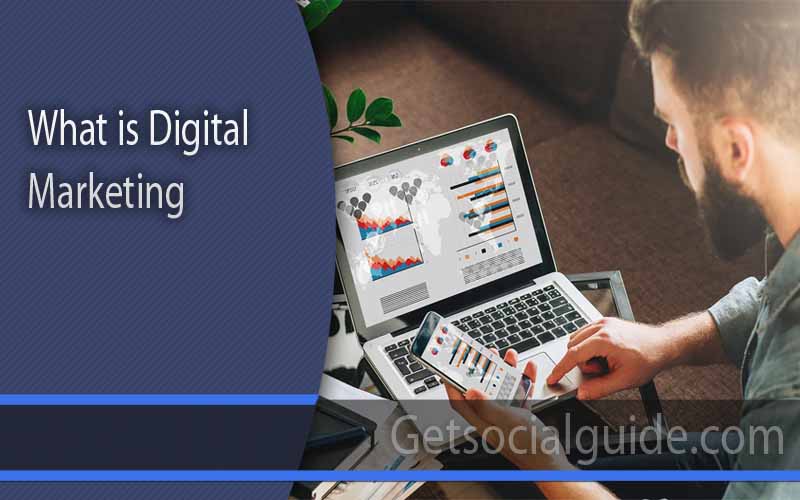

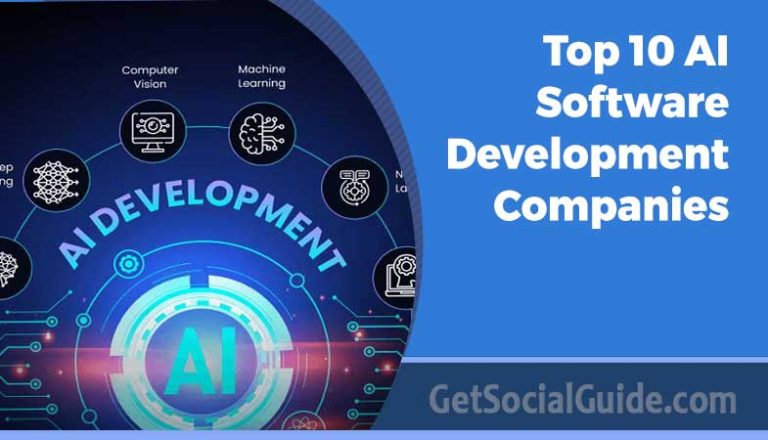
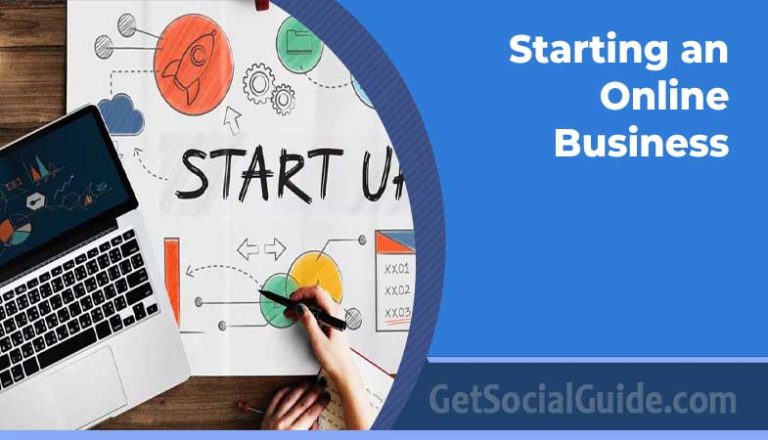
I agree with every factor that you have pointed out. Thank you for sharing your beautiful thoughts on this.